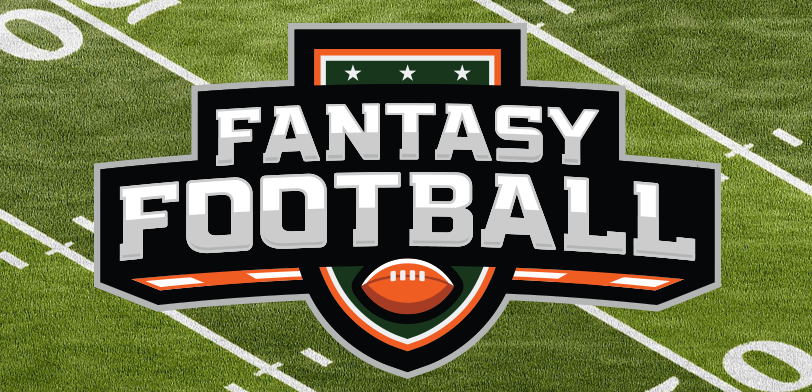
Fantasy football is more than a simple hobby. This is where friendly rivalries are made or broken, and the arena in which you can lord your superior football knowledge over your friends and coworkers for the next year.
While we tend to think of this as a modern invention, fantasy football was actually conceived in 1962 and boasted its “inaugural” season a year later. The popularity of the game skyrocketed with the changing landscape of the league’s passing attack — now surpassing 30 million American players.
Even from its humble beginnings, certain things have stayed consistent: the power of a fast, downfield air attack has mirrored the superstar passing offenses as pivotal win conditions to any fantasy player’s team. But the sport does change, so here’s what you should know this season.
Worry less about quarterbacks
Today’s game utilizes a sophisticated series of metrics to award points, and it isn’t enough to simply choose the “best” players available to build an unstoppable squad. Case in point: draft experts couldn’t get enough of the overpowered quarterback position just five years ago, yet today they all cringe at an early round QB pick.
The 2011 season saw a New Year’s Day, 1,000 yard shootout between Matthew Stafford and Matt Flynn and three 5,000 yard passers on the year. Two seasons later, Peyton Manning led a Broncos offense that posted a year of records eclipsing even the monumental 2007 Patriots.
This led to a surge of quarterback popularity among casual and hardened fantasy players, and a desperate need to draft a quality slinger as early as possible to lead the team to victory. But this runs contrary to a winning fantasy strategy, and the overcorrection has come back around in recent years.
Nowadays the prevailing wisdom of economy has recaptured the fantasy draft board; namely, selecting your highest volume positions first will net the highest aggregate point totals throughout the season. Considering the addition of a “flex” position in recent years, this means that most leagues allow for up to two running backs or tight ends, or three wide receivers.
Focus on wide receivers
Reviewing WR rankings both during the past season or two, as well as projected rankings for the upcoming year, will help you make these all important draft decisions. However, ranking the strength of an individual in this unique team sport isn’t nearly enough. To build the perfect complementary team, you need to evaluate the actual team that your draft hopefuls belong to.
Besides that, you need to consider the role that each player plays in their team’s scheme. To build a successful squad, you need to select a deep threat that can stretch the field. But they should also be a possession receiver to cushion the blow during the inevitable down weeks that your superstar will experience. Most football leagues have adopted a points-per-reception (PPR) model, meaning your team will benefit from catches as well as yards made.
Having a receiver that averages six or more receptions per game, regardless of their yardage numbers, as well as a deep threat that may only haul in two for 90 yards will make your team that much harder to beat.
Don’t forget defense
Finally, it is important to consider both the quarterback pair and the defense that your receivers’ teams boast. With an uninspiring skipper under center, even the most explosive receiver on the field won’t see exciting production game after game.
Likewise, if the defensive unit that gives your receiving corps rest can’t slow down the opposing offense, then your points scorers will suffer from the routine pressure of having to dig the team out of a hole.
Rounding out your fantasy team’s receiving unit is a tough job. But building a versatile stable of receivers to plug in to the flex position or main WR slots will give you the edge you need to topple even the most competitive guys in the office.

